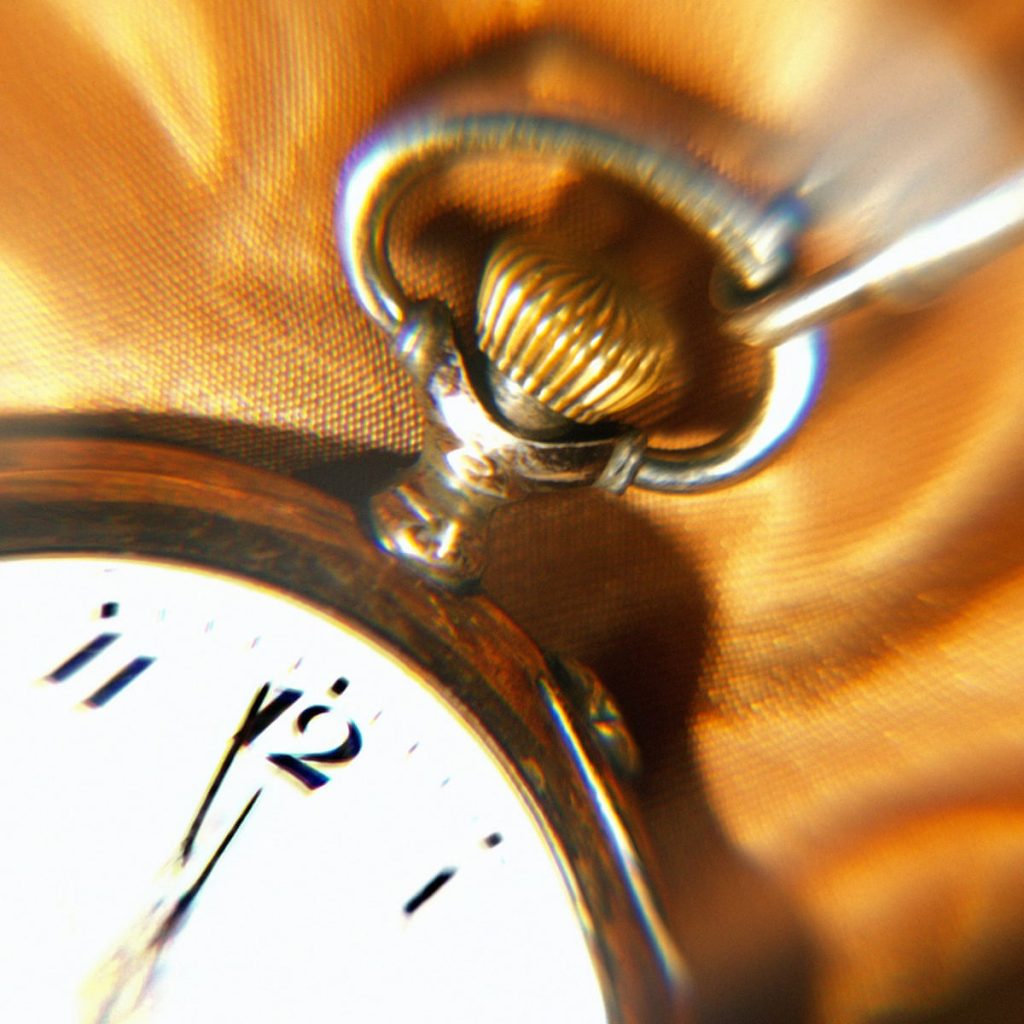
In 1918, influenza was a pandemic killing millions world-wide. 600,000 Americans died. It was 102 years ago. So what? With a pandemic of our own in 2020, why bother with 1918?
Because, freakishly, a startling number of things that are striking us in 2020 happened also in 1918. For that reason it pays to know about 1918’s pandemic and how Americans dealt with crisis, tragedy, and struggle.
You’re not alone. It’s happened before.
You’re not alone. Your own family back then experienced it, too.
You’re not alone. If the problems are weirdly the same, then solutions, responses, and how to endure can look the same as well.
********************************************************
In 1918 they argued over everything and often bitterly so, from wearing masks to finding a vaccine, from shutting down public life to knowing when to reverse the shutdown and open back up again.
In 1918 the victims and the stricken were often minorities, the poor, the isolated, the very vulnerable.
In 1918 public health officials became angry with people who wouldn’t listen to them and some people became angry with public health officials who told them what to do.
In 1918 people at first followed the rules and then, over time, became irritated at doing so.
In 1918 everything was disrupted and overturned, including school, sports, holidays and much more.
In 1918 racial tensions affected how people coped with the pandemic.
In 1918 there were events that caused some people to ignore everything and run into the streets to express their emotions, their feelings, their points of view.
In 1918 people suffered and died and there was hardly anything anyone could do about it.
In 1918 people tried all sorts of remedies and treatments.
In 1918 people experienced the pandemic at the same time they grappled with major public and political issues that already divided them and left them upset with each other; it’s not just the sickness, it’s the sickness and the issues together; it’s a phenomenon best called “warfluenza” because of the World War.
In 1918 the pandemic acted differently and affected people differently from town to town, city to city, state to state, and region to region.
In 1918 the national government proved largely ineffective in dealing with the pandemic, while most people looked to their local and state governments for answers and solutions.
In 1918 the pandemic came in waves and lasted a long time.
In 1918 it was nearly impossible to tell which statistics were true, which were consistent, and which were reliable.
In 1918 media reports were wildly contrasting, depicting totally different realities.
In 1918 the pandemic didn’t care about or respect anything—anyone could get sick, anyone could die, anyone might or might not recover, and sometimes whole families were affected.
In 1918 some people tried to make money off the pandemic.
In 1918 people might panic and buy up items, leaving empty store shelves.
And this is why I’ve unearthed true stories of what Americans did in the 1918-1920 pandemic. Their stories are our stories, in tragedy and triumph, for better and worse, through the darkness and the light. What’s next in 2020? They are, from 1918, and 1919, and 1920.
To see entries thus far in my “Today In 1918” series, go here https://historicalsolutions.com/1918-pandemic/







